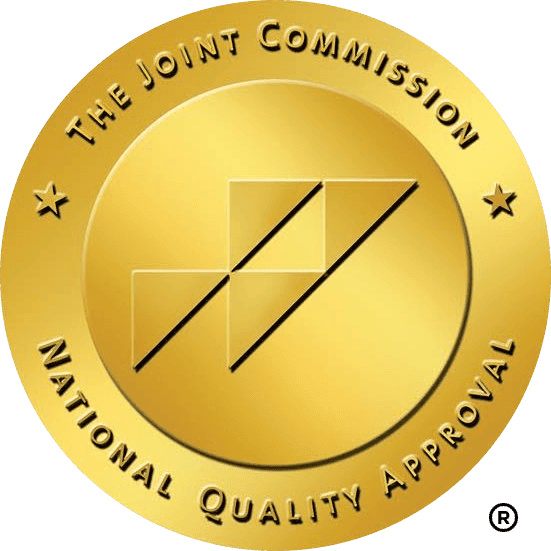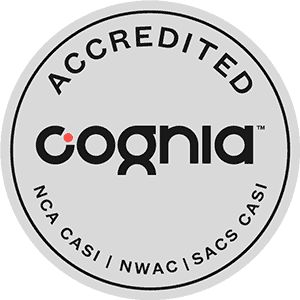Partial Hospitalization Day Treatment
Partial Hospitalization Day Treatment Day Treatment Partial Hospitalization Overview The goal of Turning Winds is to be able to offer exceptional therapeutic services to everyone who can benefit from our care. For those seeking treatment, the type and length of care can vary dramatically. For example, those individuals who have either recently








